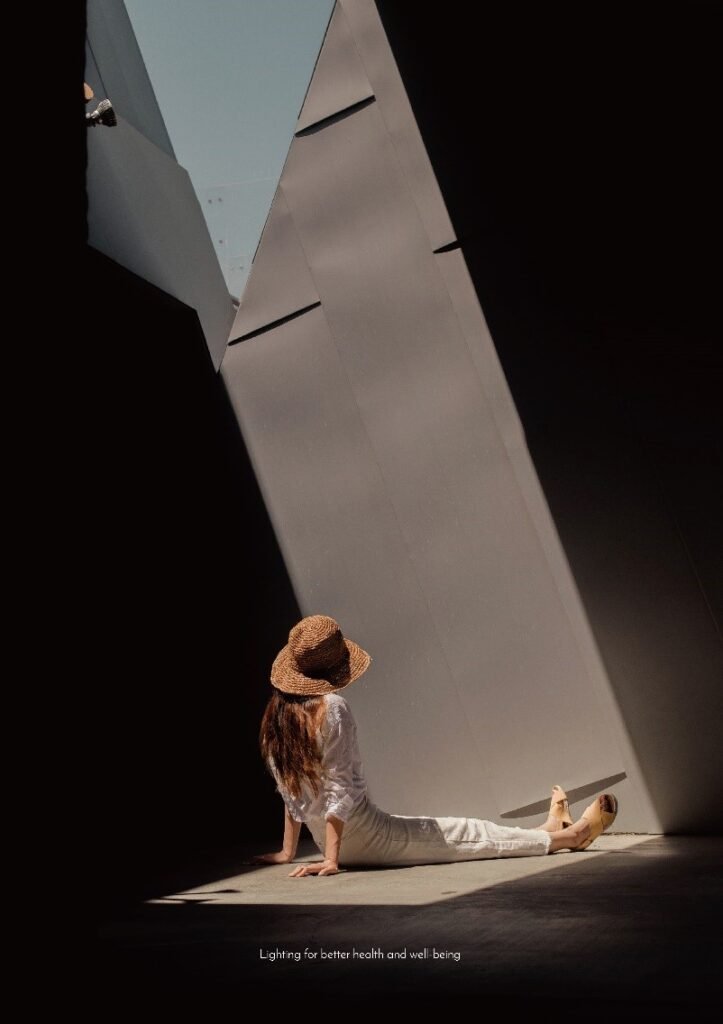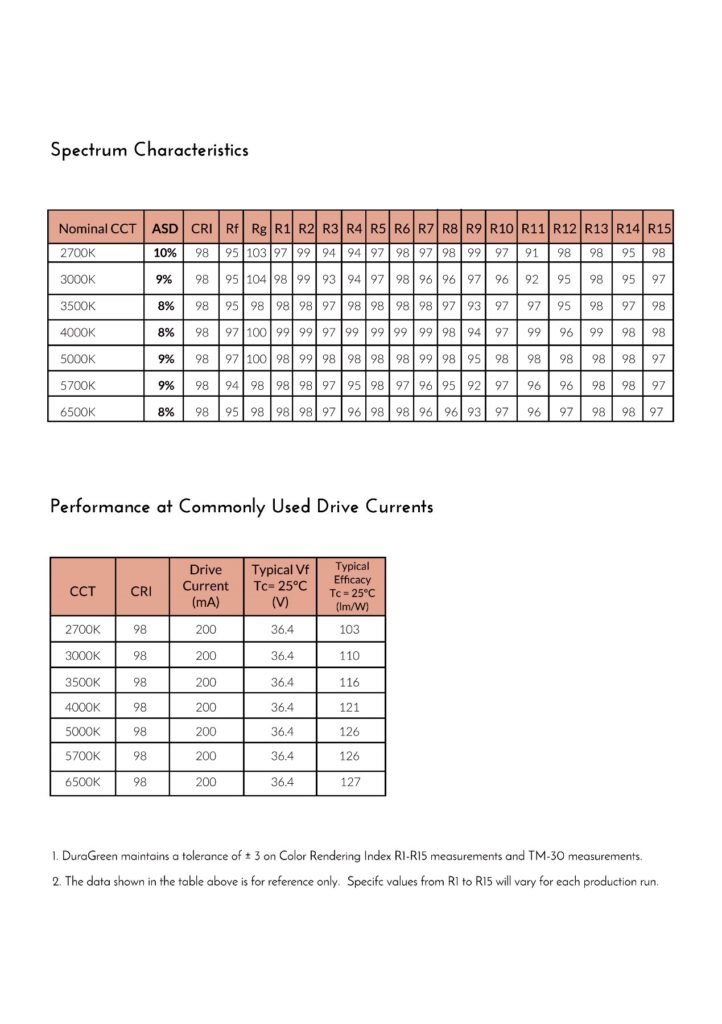Crafted to replicate natural light, the DuraGreen full spectrum LEDs are engineered using cutting-edge chip, phosphor, and packaging technology to closely mimic the visible wavelength range of natural light. These LEDs can be effortlessly integrated into most DuraGreen lighting fixtures, bringing the beauty of full-spectrum natural light indoors and positively impacting the occupants’ well-being. With high-fidelity spectral output, these LEDs provide exceptional colour rendering and superior TM30 metrics, making them ideal for a wide range of lighting applications. From retail, hospitality, office and education to museums, healthcare and residential lighting – the possibilities are limitless.

The lighting industry is currently in the early phase of embracing human-centric lighting (HCL), which focuses on how lighting impacts the physical and emotional well-being of individuals. As humans have evolved over the millennia, our visual system has adapted to the natural light emitted by the sun and fire. These light sources have defined spectral power standards in terms of spectral power, which describe the nature of natural light. However, conventional metrics such as CCT, CRI, and TM-30 are are unable to accurately qualify in accurately quantifying the naturalness or similarity of artificial light sources to these standardized natural spectra.
Bridgelux, recognizing the lack of an industry-standard metric for measuring the naturalness of light sources, has pioneered a new metric called Average Spectral Difference(ASD). This metric removes the uncertainty when comparing LED light sources to natural light. ASD is determined by assessing the absolute difference between two spectra at specific wavelengths. Natural light possesses an ASD value of 0%, indicating an exact match. Lower ASD values indicate a closer resemblance to natural light.
DuraGreen full spectrum LED is engineered to provide the closest match to natural light available using proprietary chip, phosphor ,and packaging technology, resulting in an ASD between 8% to 10% for all CCTs. By comparison, standard 80, 90, and 98 CRI light sources have ASD values that are 100% to 300% larger than full spectrum LEDs.
